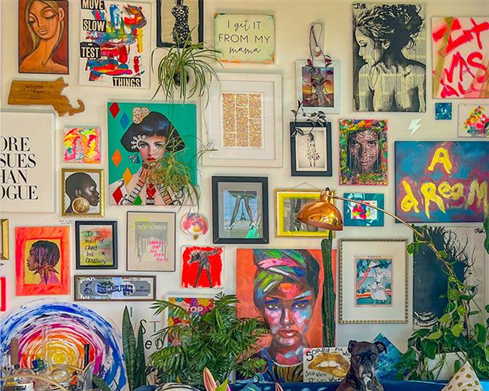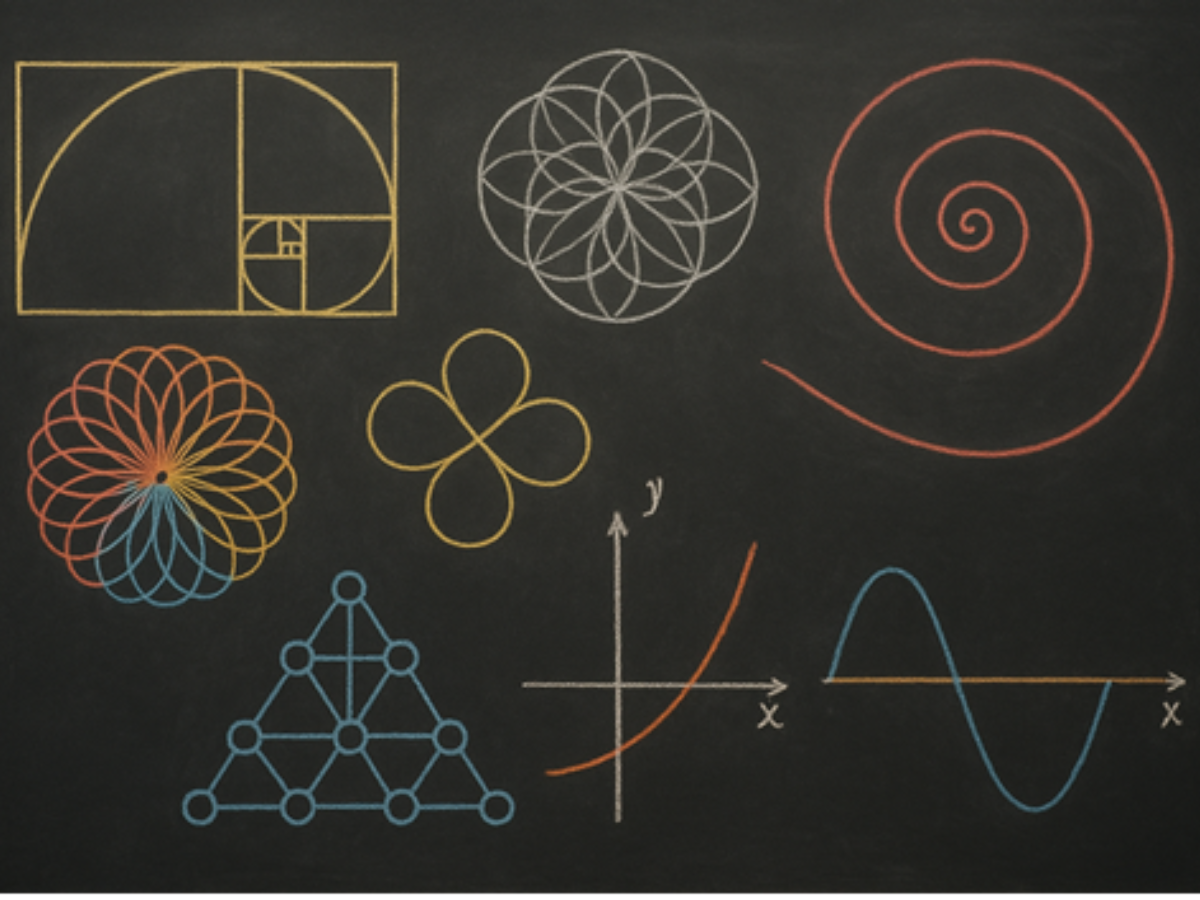Design is not just about how things look—it is about how they make us feel, how they shape our experiences, and how they reflect who we are. From the way a room is arranged to the interfaces we scroll through daily, design has the power to influence mood, productivity, and even identity. It is a language that doesn’t use words but speaks directly to our senses. Some people are drawn to simplicity and clarity, craving spaces where the mind feels free to breathe. Others are enchanted by richness, layers, and stories woven into every detail, where every corner tells a tale.
At the heart of this conversation are two creative approaches often seen as opposites: minimalism and maximalism. Minimalism is about stripping down to essentials, while maximalism celebrates abundance and vibrancy. But the truth is, design isn’t about taking sides—it’s about finding harmony between the two. Between silence and song, between order and chaos, lies a spectrum where creativity truly thrives. This balance, the space in between, is where design becomes personal, meaningful, and alive.
The Philosophy of Minimalism
Minimalism is the art of restraint—the practice of saying more with less. It is built on the principle that clarity comes when we strip away the unnecessary. In design, this means clean lines, neutral tones, and spacious layouts that emphasize function above all else. Minimalism isn’t cold or empty; it’s purposeful. It allows the essentials to shine without distraction.
“Simplicity is the ultimate sophistication.” – Leonardo da Vinci
Did you know? The minimalist design movement took inspiration from Japanese Zen traditions, where simplicity is celebrated as a way to find peace and order in daily life. Later, the Bauhaus school carried these values forward, promoting functional and beautiful design that had no excess.
Minimalism has gained popularity in modern homes, digital interfaces, and workspaces because it offers calmness in a busy world. Its uncluttered style clears space not just in our rooms but in our minds.
The Boldness of Maximalism
On the other side of the spectrum, maximalism is about celebrating abundance. It thrives on layers of color, texture, pattern, and detail. Where minimalism whispers, maximalism sings—sometimes loudly, sometimes joyfully, but always with passion.
“Too much of a good thing can be wonderful.” – Mae West
Fact: Maximalism bloomed during the Victorian era, when bold wallpapers, heavy drapes, and ornate décor became symbols of creativity, luxury, and personal taste. It was not about restraint but about telling a story through every object in a room.
Maximalism is often misunderstood as chaos, but at its core, it is harmony through richness. It’s a curated layering of memories, emotions, and personality. A maximalist design doesn’t just show a space—it tells a story about its owner.
Finding Balance: The Space In Between
While minimalism and maximalism may appear like opposites, most of us live somewhere between them. Life itself is a dance of contrast—we crave simplicity at times and vibrance at others. The middle ground in design is where creativity thrives. A minimalist space can be accented with bold colors or eclectic pieces to bring warmth. Similarly, a maximalist space often uses minimalist structure to keep it grounded.
Balance is about flexibility. A study desk may benefit from minimalism to reduce distraction, while a living room might feel more inviting when filled with colors, textures, and personal artifacts. The key lies in intention—choosing what works best for your space, mood, and lifestyle. Balance also evolves with time: as our needs shift, so too can the weight we give to minimal or maximal elements. What feels right today may feel different tomorrow, and that fluidity is part of the beauty of design.
Did you know? Scandinavian design is often seen as a bridge between minimalism and maximalism. It emphasizes clean lines and functionality while still allowing warmth through textures, natural materials, and light.
Lessons for Creatives
- Minimalism teaches discipline. Every design choice carries weight, demanding purpose.
- Maximalism teaches freedom. Design becomes a playground of ideas and self-expression.
- Balance teaches wisdom. Knowing when to hold back and when to be bold is the mark of thoughtful design.
- Context is everything. A space or product must reflect the people who use it—minimalism and maximalism are tools, not rules.
- Experimentation sparks growth. Trying both approaches allows creatives to discover their authentic voice and blend influences seamlessly.
- Emotion drives design. Minimalist clarity can soothe, while maximalist abundance can energize. Understanding the emotional impact helps guide the creative process.
Closing Thoughts
Minimalism and maximalism are not enemies—they are two voices in the same creative conversation. One speaks softly with focus, the other sings boldly with emotion. Both approaches remind us that design is not just about appearances but about meaning.
Sometimes our souls need the serenity of open spaces, and sometimes they crave the joy of richness and detail. The beauty of design is that it allows us to flow between both—sometimes whispering, sometimes shouting, but always expressing something true. Balance does not mean compromise; it means embracing duality and allowing design to evolve as we do.
Design is a reflection of life itself—sometimes calm, sometimes vibrant, and often a little of both. The greatest spaces and creations are those that carry honesty, that echo our personalities and needs without fear of judgment. Whether you choose to live minimally, decorate maximally, or drift somewhere in between, your design choices are a canvas of self-expression.
Final Reflection:The essence of design lies not in extremes but in authenticity. Whether you explore the clarity of minimalism, the vibrance of maximalism, or the harmony of both, the most powerful design is the one that tells your story. At DesignIndia Collective (DIC), we believe in nurturing this authenticity—helping students and aspiring designers understand design principles, embrace their creativity, and evolve their unique style. Design is not just about aesthetics; it’s a journey that adapts with us and ultimately becomes a part of who we are.



